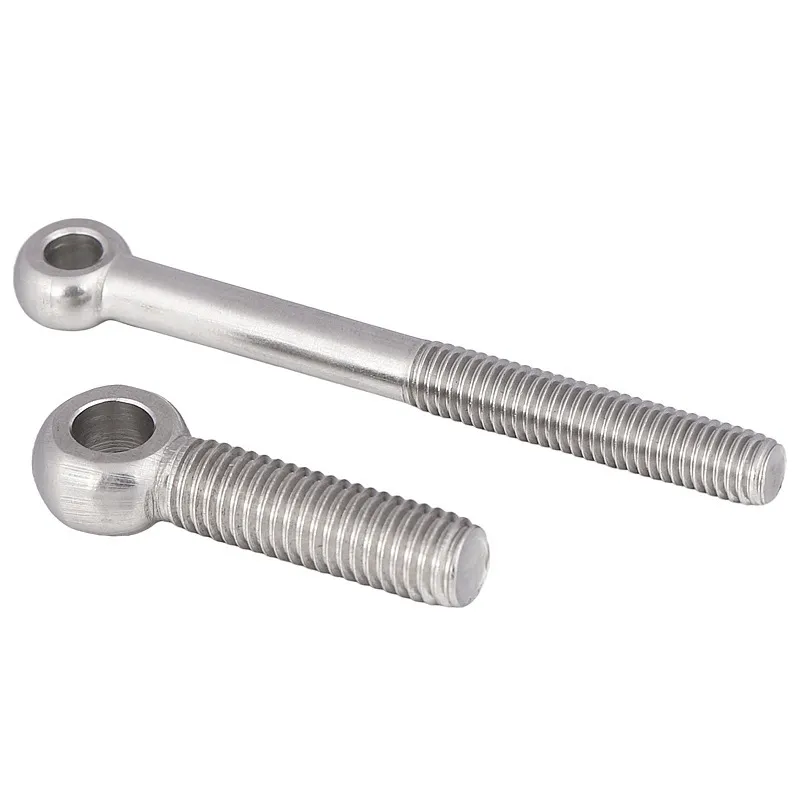

Effective Methods for Installing Self-Tapping Screws with Ease and Precision
नवम्बर . 10, 2024 08:03 Back to list
Effective Methods for Installing Self-Tapping Screws with Ease and Precision
Techniques for Effectively Installing Self-Tapping Screws
Self-tapping screws are a popular choice in many construction and DIY projects due to their ability to create their own thread as they are driven into various materials. This feature not only enhances efficiency but also reduces the need for pre-drilling. To ensure optimal performance and longevity of the installed screws, it’s crucial to understand the proper techniques for their installation. This article delves into effective methods for installing self-tapping screws.
1. Choosing the Right Screw
Before you begin, it’s essential to select the appropriate self-tapping screw for your project. These screws come in various sizes and types, designed for different materials such as wood, metal, or plastic. The choice of screw affects both the strength of the connection and the ease of installation. For instance, a coarse-thread screw is ideal for wood, while a fine-thread screw works better with metal. Check the specifications and ensure the screw is suited to your material for optimal results.
The success of screw installation starts with properly preparing the material. Whether you are working with metal sheets, wooden boards, or plastic, ensure the surface is clean and free of debris. If you’re installing screws in metal, consider deburring the area around the hole to avoid resistance. Cleaning the surface can be done with a cloth, and in the case of metal, using a wire brush or sandpaper may be necessary. Proper surface preparation ensures a tighter fit and reduces the chance of stripping the screw.
3. Using the Right Tools
Using the correct tools aids in making the installation process smoother. A power drill or a screwdriver with the appropriate bit size is essential. Ensure the screwdriver bit is compatible with the screw head type—be it Phillips, flat, or hex. When using a power drill, adjust the torque settings to prevent overtightening, which can strip the screw or damage the material. A steady hand is fundamental for controlling the depth and angle at which the screw is driven.
techniques for effectively installing self-tapping screws into

4. Correctly Positioning the Screw
Positioning is key when installing self-tapping screws. Align the screw perpendicularly to the material to avoid misalignment issues which can lead to a weak connection. Start by creating a pilot hole if necessary. Although self-tapping screws do not generally require pilot holes, creating one can help guide the screw into harder materials like metal, preventing unnecessary stress on both the screw and the material. If you are working with a thicker piece of wood or metal, starting with a smaller pilot hole can significantly ease the installation.
5. Driving the Screw
As you drive the screw into the material, apply consistent pressure. Engage the drill or screwdriver smoothly and steadily to allow the screw to cut its thread without excessive force. If you encounter resistance, stop and check for any obstacles. Increasing pressure is not advisable as it may lead to stripping or breaking the screw. If the screw doesn’t penetrate smoothly, consider adjusting the position or re-evaluating if a pilot hole is needed.
6. Inspecting the Installed Screws
Once the screws are in place, inspect them carefully. Ensure they are recessed properly into the surface and are not protruding excessively, which can be a safety hazard. For heavy-duty applications, check that the screws are tightened adequately according to the material's requirements. If any screws are loose, remove and re-install them for a secure fit.
Conclusion
Installing self-tapping screws may seem straightforward, but attention to detail is vital for ensuring a strong and durable connection. By choosing the right screws, preparing the material, utilizing the appropriate tools, and following best practices during installation, you can achieve optimal results. Whether on DIY projects or professional construction sites, mastering these techniques will lead to better outcomes and longevity in your work. Remember, quality installation lays a solid foundation for success in any task involving self-tapping screws.
Latest news
-
Premium Self Tapping Metal Screws: Strong & Easy Install
NewsAug.02,2025
-
Premium Fasteners Manufacturer | AI-Driven Solutions
NewsAug.01,2025
-
Hot Dip Galvanized Bolts - Hebei Longze | High Strength, Corrosion Resistance
NewsAug.01,2025
-
High-Strength Hot Dip Galvanized Bolts - LongZe | Corrosion Resistance, Custom Sizes
NewsAug.01,2025
-
Best Self Tapping Screws for Drywall - Fast & Secure Installation
NewsJul.31,2025
-
High-Strength Hot Dip Galvanized Bolts-Hebei Longze|Corrosion Resistance&Customization
NewsJul.31,2025

